
The television, once a simple window to broadcast entertainment, is undergoing a profound metamorphosis. For decades, we’ve witnessed iterative improvements – from black-and-white to color, from standard definition to high-definition, and then 4K UHD. Yet, the pace of innovation today feels different, more urgent, driven by a convergence of material science breakthroughs, advanced processing capabilities, and a relentless pursuit of immersive experiences. The question for many consumers isn’t just “What’s new?” but “Is a new TV truly worth the investment?”
The answer, increasingly, is a resounding yes, especially when one delves beyond the superficial marketing hype to understand the genuine technological game-changers emerging from research labs and R&D centers globally. From fundamental shifts in how pixels emit light to the integration of artificial intelligence that redefines picture and sound, these advancements are not merely incremental upgrades; they are foundational improvements poised to reshape our relationship with home entertainment, offering benefits that transcend mere aesthetic appeal.
As a seasoned observer of home entertainment products, having navigated various TV trends from the ephemeral (3D displays, curved screens) to the enduring (OLED panels, local dimming backlights), it’s clear that the current wave of innovation holds significant promise. This comprehensive look will cut through the noise, providing an in-depth analysis of the core technologies that are not just incrementally improving TVs, but fundamentally redefining what a television can be, making a compelling case for why the next-generation display might truly be a game-changer for your living room.

1. **Circularly Polarized OLEDs: A Brighter, More Efficient Future for OLED**The revered OLED display, celebrated for its perfect blacks and stunning contrast, is on the cusp of an even more significant evolution. Researchers at the University of Cambridge and Eindhoven University of Technology have recently unveiled a breakthrough that could fundamentally alter how OLED panels operate, promising displays that are both brighter and considerably more energy-efficient. This is a monumental step forward, addressing some of the intrinsic limitations of current OLED technology.
Traditional OLED displays, whether found in televisions, computer monitors, or smartphones, universally rely on polarizing layers. These layers are crucial for reducing reflected ambient light, which in turn preserves the incredible contrast and clarity that OLEDs are famous for. However, while essential, these polarizers are also inherently wasteful, as they prevent a significant portion of the light generated by the OLED pixels from ever reaching your eyes.
The new development centers on a novel method for OLEDs to generate polarized light intrinsically. By doing so, the need for external polarizing layers can be substantially reduced, and perhaps even outright eliminated in future designs. Imagine a display where less light is trapped and wasted within the panel, allowing more of that vibrant imagery to reach your vision directly, resulting in a noticeably brighter and more vivid picture.
This technology, dubbed “circularly polarized OLEDs” due to the shape of their emitted photons, represents a significant leap in efficiency. Less energy will be required to achieve the same level of brightness, or conversely, current energy consumption could yield far brighter images. While the promise of these displays is immense, the researchers indicate that these innovations are still several years away from making their way into consumer products, reminding us that cutting-edge science often requires patience before it reaches our living rooms.

2. **Blue Phosphorescent OLEDs: The Quest for Longevity and Efficiency**Beyond the polarization advancements, another crucial area of OLED research is poised to bring significant improvements to the technology: blue phosphorescent OLEDs, often referred to as blue PHOLEDs. These are not merely incremental tweaks; they represent a fundamental engineering advancement designed to tackle some of the long-standing challenges associated with OLED panels, particularly concerning their lifespan and energy consumption.
Blue PHOLEDs are reportedly on the verge of entering the commercialization process, a critical phase that signals their readiness for integration into consumer products. The core benefit of this technology lies in its potential to create more energy-efficient and, crucially, longer-lasting displays. For years, the blue sub-pixel in OLED technology has been the weakest link, often degrading faster than its red and green counterparts, which can sometimes lead to subtle color imbalances over extended use.
It’s important to note that this development exists alongside other recent engineering advancements in blue OLED material. Both avenues of research are aiming to solve the same general problem of enhancing the stability and efficiency of blue light emission. While it remains to be seen which of these approaches will achieve more widespread and successful commercial integration, their combined efforts underscore a significant commitment within the industry to refining OLED technology.
These ongoing breakthroughs collectively paint a picture of a display technology that still has considerable room to grow. Even though OLED TVs consistently rank among the best televisions available today, the foundational technology behind them continues to evolve, promising displays that are not only brighter and more efficient, but also more resilient and durable, pushing the boundaries of what these already impressive panels can achieve.
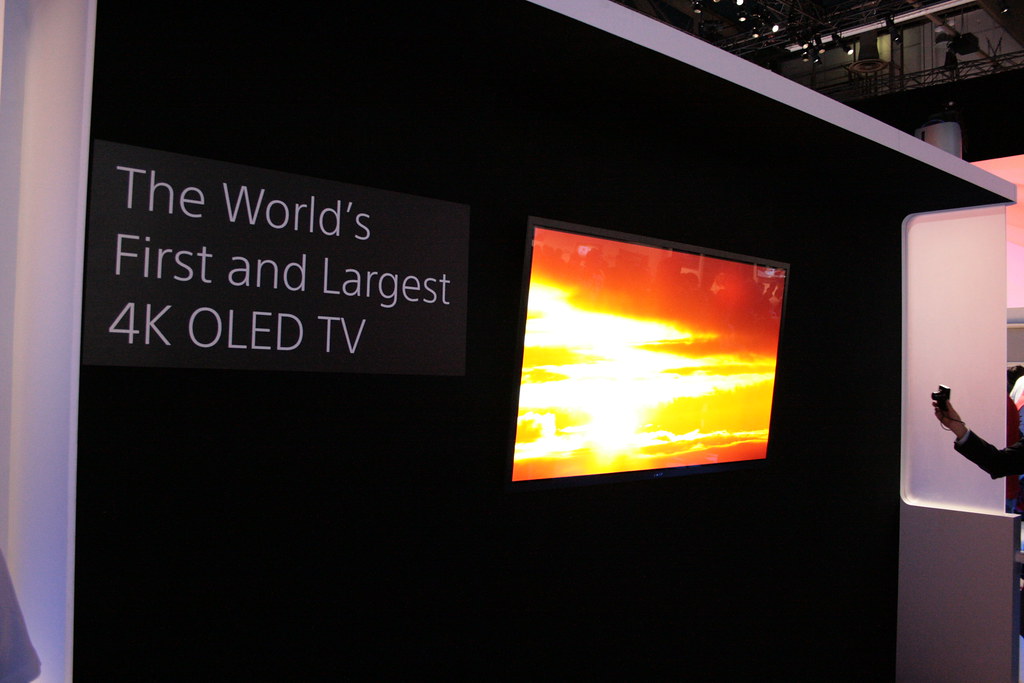
3. **The Era of Extra-Large Screens: Immersive Entertainment for Every Budget**One of the most undeniable and exciting trends sweeping the television market is the burgeoning popularity of extra-large displays. What was once the exclusive domain of high-end home theater enthusiasts is now becoming increasingly accessible across various budgets, transforming the immersive viewing experience for a broader audience. In 2024, companies reported their most significant sales growth in displays measuring 75 inches and larger, a clear indicator of this shift, and 2025 is set to expand these offerings even further.
This move towards bigger screens fundamentally alters the viewing experience. A truly large display creates a more theater-like environment right in your living room, enhancing the scale and impact of everything from blockbuster movies to live sports. For those with spacious rooms or who prefer to sit further back, a grander screen maintains an optimal field of view. Conversely, sitting closer to a truly giant TV generates an incredible sense of immersion, drawing you deeper into the content with an enhanced peripheral vision.
Historically, price has been a significant barrier to entry for extra-large TVs. However, this is rapidly changing, with a noticeable trend towards more affordable options in 2025 that do not compromise on picture quality. TCL, for instance, has already made significant strides, launching preorders for 75- and 85-inch versions of its new QM6K Mini LED TV, with a 98-inch model anticipated in the coming months. These models, priced between $1,300 and $3,500, represent a drastic reduction compared to the cost of similarly sized sets just a few years ago.
The affordability factor is further amplified by typical retail deal events. A 98-inch QM6K, starting at $3,500, could foreseeably drop below $2,000 during major sales like Prime Day, as seen in previous years. This would represent an unprecedented value for such a large Mini LED television. TCL is also pushing boundaries with a 115-inch version of its QM7K, expanding beyond last year’s 98-inch maximum. This strategic move could establish a new benchmark for affordability within the premium 100-inch-plus TV segment, making truly massive screens a reality for more consumers.
Furthermore, this trend extends to the high-end market, where manufacturers are also embracing larger formats. Samsung is, for the first time, offering its flagship S95 series OLED in an impressive 83-inch size. Hisense is also introducing premium options with a new 116-inch UX Mini LED and an astonishing 136-inch Micro LED set slated for release this year. While these top-tier models will likely command prices exceeding $20,000, they are engineered to deliver the ultimate big-screen viewing experience for early adopters with the means to invest in cutting-edge home entertainment.
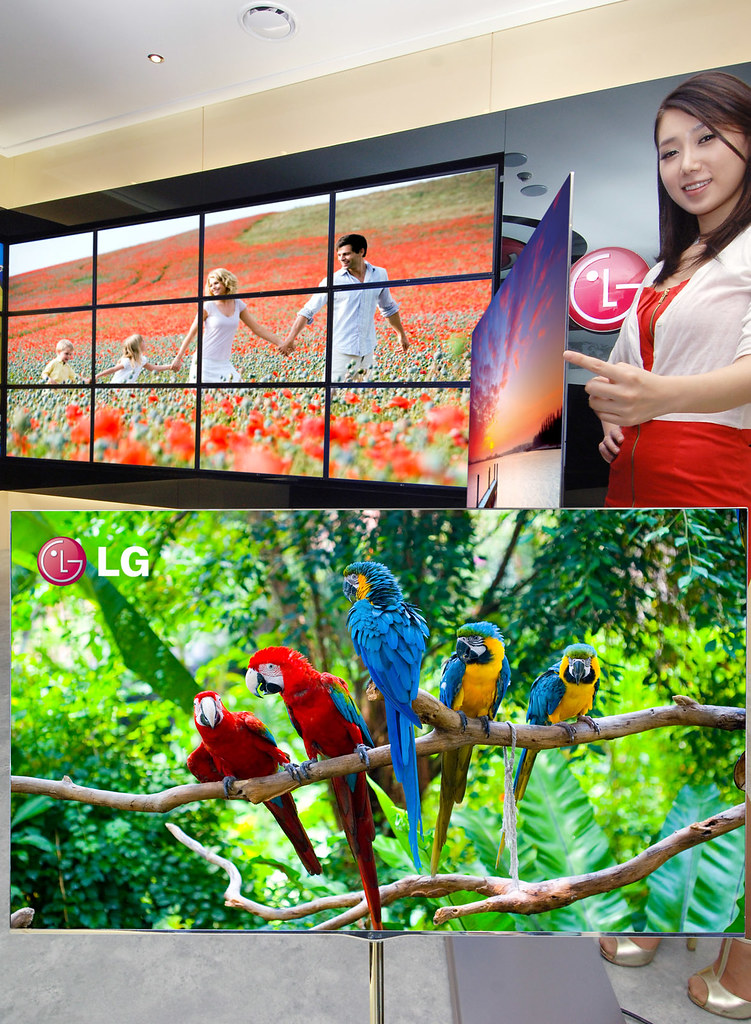
4. **Ultra-Bright Displays: Maximizing HDR and Battling Glare**Brightness is a foundational pillar of a TV’s overall picture capabilities, and it’s a metric that has seen consistent yearly improvements across the industry. In 2025, companies are once again promising substantial leaps in luminance for both QLED and OLED models, raising the question: is this continued pursuit of higher brightness truly necessary for the average viewer? The answer, as is often the case in nuanced technology discussions, largely depends on individual viewing habits and environmental conditions.
High brightness serves two primary, yet distinct, benefits. First, it is immensely effective in combating glare, a common adversary in rooms with abundant natural light or numerous windows. For anyone who has struggled to see their screen clearly during a bright afternoon, a TV capable of higher luminance allows you to significantly boost the brightness setting, effectively overpowering reflections and maintaining image clarity. Some advanced models are even becoming bright enough to be suitable for outdoor viewing setups.
Secondly, and perhaps more critically for cinephiles, elevated brightness levels are crucial for faithfully reproducing High-Dynamic Range (HDR) images with the intensity and impact intended by creators. While HDR is not typically utilized for live TV broadcasts – meaning most cable, satellite, or streaming live content won’t benefit – it is a pervasive feature in on-demand streaming services and 4K Blu-ray discs. HDR significantly enhances contrast and colors, allowing for more realistic and impactful highlights, such as the dazzling intensity of an explosion or the glint of sunlight on water.
However, the utility of extremely high brightness is tempered by the fact that most HDR content is mastered within a specific luminance range. Brightness is measured in nits, and the majority of HDR videos are produced with a peak brightness target of around 1,000 to 2,000 nits. While a select number of movies and shows are mastered for even higher peaks, with 10,000 nits being the current theoretical maximum, it is exceptionally rare for content to genuinely demand anything beyond 4,000 nits.
Consequently, while the engineering feat of achieving 3,000 nits or more in new TVs is impressive, much of the content currently available simply doesn’t require or fully utilize such extreme capabilities. While a growing number of filmmakers are beginning to grade their movies with these higher-brightness displays in mind, such formidable luminance is primarily beneficial for dedicated HDR enthusiasts or those grappling with significant glare issues. For the casual viewer, while the technology is captivating, it might, in many scenarios, be considered a degree of overkill, even if I, as a home theater enthusiast, eagerly anticipate testing Hisense’s impressive 10,000-nit TVs.

5. **AI-Powered Picture and Sound Optimization: Intelligent Enhancements at Play**The buzzword “AI” permeated nearly every TV brand’s presentation at CES this year, reflecting its surging popularity across various tech products. Yet, for seasoned observers, AI-branded features in televisions are far from novel. AI-powered upscaling, automatic picture adjustment modes, and other smart functions have been integrated into TVs for years, subtly enhancing our viewing experience without necessarily being front-and-center in marketing campaigns.
Manufacturers at CES acknowledged this legacy, framing their latest AI features as continued developments in an ongoing journey. However, there’s an observable trend where some aspects appear to be refreshed versions of existing perks, perhaps to capitalize on AI’s current zeitgeist. For example, Samsung’s Vision AI for its 2025 TV offerings includes AI picture and sound technologies designed to analyze and automatically optimize performance. While these processes are certainly receiving improvements for the new year, the core functionality isn’t entirely new.
LG is similarly refreshing its AI picture and audio optimizations, even going so far as to rebrand its remote control as an “AI Remote” and renaming the microphone button the “AI button.” These actions highlight the industry’s drive to emphasize AI, even when the underlying technology might be an evolution rather than a revolution. Nevertheless, the continuous refinement of these features promises a more sophisticated and responsive TV.
At its heart, AI-driven upscaling utilizes deep learning algorithms to enhance lower-resolution content, effectively rendering sharper, more detailed images on high-resolution screens. LG’s Alpha 11 processor, for instance, employs AI to actively reduce noise and boost sharpness, ensuring even intricate scenes maintain remarkable clarity. Furthermore, AI can dynamically adjust picture settings in real-time, optimizing brightness, contrast, and color to suit the content genre – whether it’s a dimly lit thriller or a vibrantly animated film – all without manual intervention. This level of intelligent adaptation extends to audio as well, with systems like Samsung’s Adaptive Sound Pro analyzing real-time audio and adjusting sound settings to clarify dialogue and create a more immersive listening experience tailored to both the content and the room’s acoustics. Even older models, such as the LG CX OLED TV from 2020, already offered many of these foundational AI optimization features, illustrating their gradual integration over time.
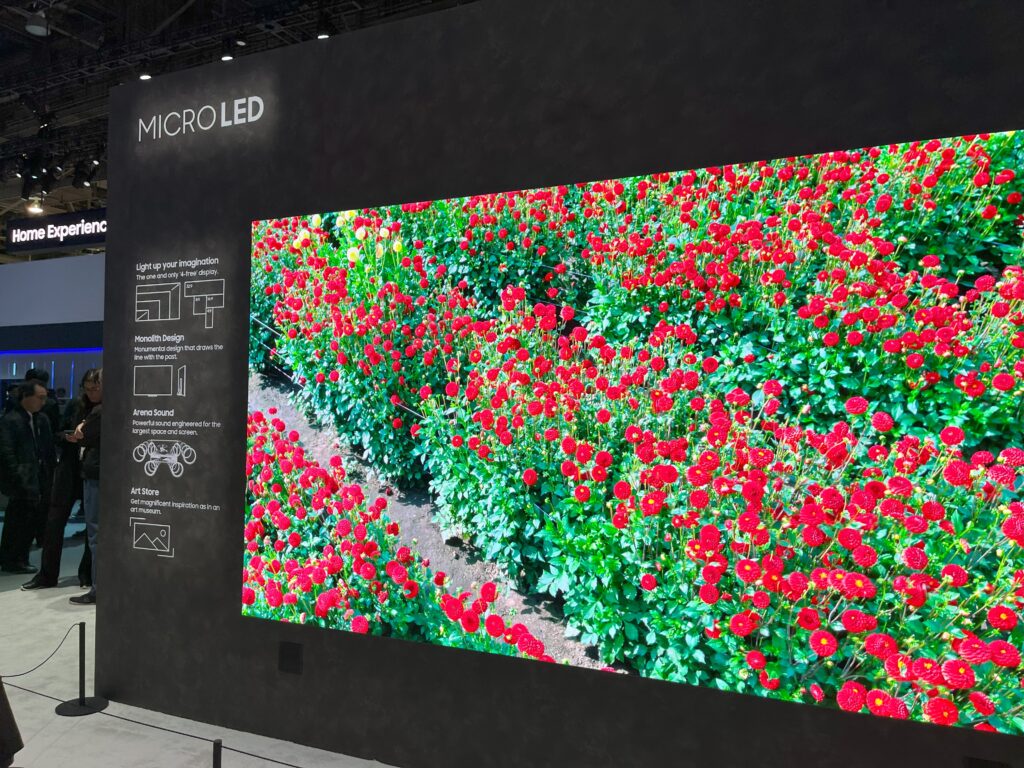
6. **MicroLED: The Holy Grail of Display Technology**Among the pantheon of display technologies, MicroLED stands as a beacon, often hailed as the “holy grail” for its unparalleled potential. It represents a paradigm shift from conventional LED backlighting or even OLED’s self-emissive organic diodes. MicroLED technology employs millions of microscopic, individual LED pixels, each capable of emitting its own light and color, analogous to OLED but without the organic components that can lead to burn-in or shorter lifespans.
The core promise of MicroLED is to combine the very best attributes of existing technologies while eliminating their drawbacks. It offers the perfect blacks and infinite contrast ratios characteristic of OLED, but simultaneously delivers significantly higher brightness levels and a wider color gamut, rivalling or even surpassing premium QLED sets. This unique combination results in incredible image quality that is truly captivating, promising a visual experience of unprecedented clarity and vibrancy.
Beyond sheer picture quality, MicroLED also boasts impressive scalability and modularity. Its architecture allows for screens of virtually any size, from smaller, high-density professional displays to massive, wall-sized installations. This modularity means that consumers could theoretically “build their own TV wall” by combining individual MicroLED panels, offering unprecedented customization in home entertainment. This flexibility is a key differentiator, as mentioned by CNET, with “wall-sized, million-dollar MicroLED TVs” pointing to its future direction.
However, MicroLED currently resides at the extreme high-end of the market. Its sophisticated manufacturing processes and the sheer number of microscopic components required make it prohibitively expensive for most consumers today, with top-tier models like Hisense’s 136-inch Micro LED set projected to cost upwards of $20,000. Despite these initial price barriers, industry experts anticipate that as production scales and technologies mature, MicroLED will eventually become more accessible, potentially replacing LCD TVs and becoming a formidable competitor to OLED in the future.
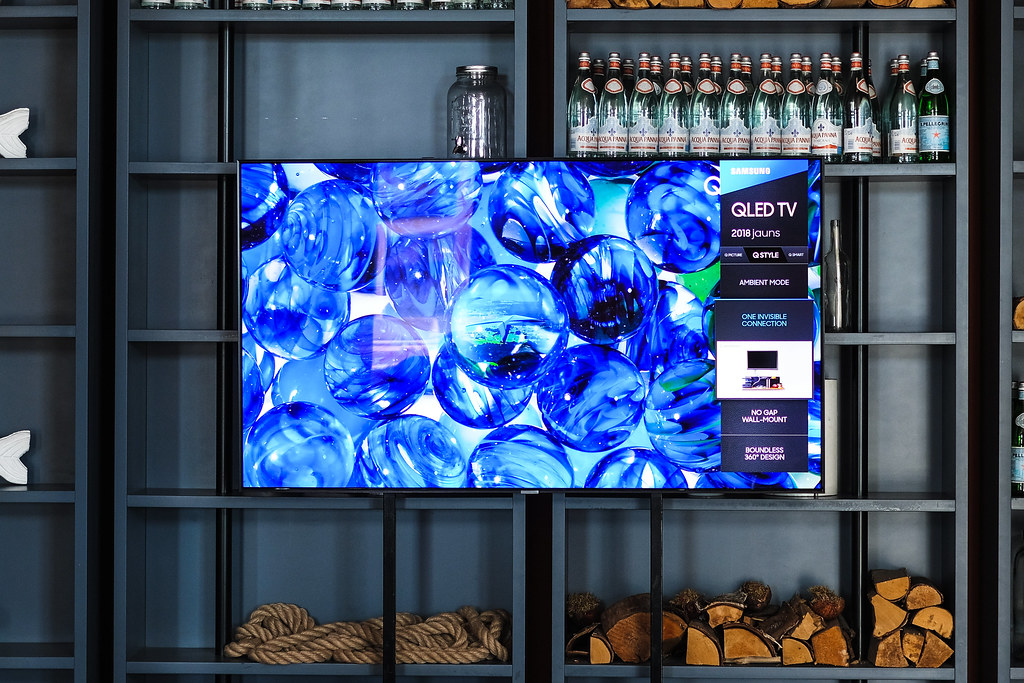
7. **QLED and Mini-LED: Brightening Up the Competition with Quantum Dots**While OLED and MicroLED capture significant attention for their cutting-edge characteristics, QLED and Mini-LED technologies are not merely holding their ground; they are actively evolving and brightening up the competition, offering compelling alternatives with improved picture quality and better contrast ratios. These technologies represent significant advancements within the LCD framework, leveraging innovative backlighting and color enhancement techniques to deliver stunning visuals.
QLED, primarily championed by Samsung, utilizes quantum dot technology to enhance color accuracy and brightness. Unlike OLEDs that generate their own light, QLED TVs rely on an LED backlight to illuminate quantum dots, which then emit intensely pure and vibrant colors. According to Samsung, QLED TVs excel in offering a wider color gamut and notably higher brightness levels than many OLED TVs, making them particularly effective in well-lit rooms and for showcasing High-Dynamic Range (HDR) content with dazzling highlights.
Mini-LED technology, often integrated into premium QLED sets, takes the concept of localized dimming to an extreme. Instead of hundreds of standard LED backlights, Mini-LED displays incorporate thousands of much smaller LEDs. This allows for far more precise control over local dimming zones, drastically improving contrast ratios and black levels, bringing them closer to the performance of OLED without abandoning the inherent brightness advantages of LED technology. Mini-LED models like TCL’s new QM6K and QM7K series are making extra-large sizes more affordable, with the 98-inch QM6K starting at $3,500 and the 115-inch QM7K pushing the boundaries of midrange large displays.
The synergy between QLED’s quantum dots and Mini-LED’s refined backlighting creates a powerful combination, positioning these technologies as strong contenders in the premium and mid-range TV markets. They offer a fantastic balance of impressive brightness, vivid colors, and significantly improved contrast, providing consumers with high-performance options that continue to push the boundaries of LCD-based displays. The ongoing innovation in this segment ensures robust competition and a diverse range of excellent choices for discerning viewers.

8. **Next-Gen Operating Systems and Personalization: The Smart TV Brains**Beyond simply displaying stunning images, the television of tomorrow is becoming an intelligent, adaptive hub, powered by next-generation operating systems designed for unparalleled personalization. This isn’t just about faster menus; it’s a fundamental shift in how we interact with our screens, moving from passive consumption to a deeply customized entertainment experience. The core idea is that your TV should learn and evolve with your viewing habits, offering an experience as unique as you are.
These advanced operating systems are designed to offer smarter recommendations and adaptive settings, fundamentally enhancing the viewing experience. Samsung, for instance, envisions smart TVs that don’t just suggest popular content but truly understand your preferences, serving up shows and movies tailored to your individual taste. LG takes this a step further with features like Voice ID, which recognizes individual users’ voices to automatically switch profiles, ensuring that recommendations and settings are perfectly aligned with who is watching at any given moment.
The integration of these “smart TV brains” means your television can become a true companion, anticipating your needs and curating content without manual intervention. Imagine a TV that adjusts its interface, content suggestions, and even subtle display settings based on your mood, time of day, or who else is in the room. This evolution promises to create a highly intuitive and personalized content journey, making every interaction more engaging and efficient, ultimately transforming the living room into a truly responsive entertainment center.

9. **Voice Control and Smart Home Hubs: Your TV, Your Command Center**The convenience of interacting with technology through voice commands has rapidly become a staple of modern living, and televisions are leading the charge in integrating this seamlessly. Future TVs are not merely responsive to basic commands; they are evolving into sophisticated smart home hubs, simplifying the way we control not just our entertainment, but our entire connected living space. This centralized control promises a level of effortless interaction that was once the realm of science fiction.
From changing channels to adjusting smart lighting, voice control is expanding its reach, making it easier to manage our smart homes directly through the TV. CNET highlights how this integration positions the television as a veritable command center. Manufacturers are keenly aware of this shift, with LG, for example, rebranding its remote control as an “AI Remote” and even renaming the microphone button the “AI button,” signaling a clear emphasis on these intelligent, conversational interfaces.
Beyond basic commands, some TVs are introducing more advanced AI functionalities, such as built-in ChatBots (first seen in 2024 models) to help with troubleshooting and adjusting settings, making complex operations far more accessible. This evolution means your TV becomes the central nervous system of your smart home, responding intuitively to your voice and streamlining daily tasks. It’s an exciting prospect for anyone looking to simplify their technology interactions and create a more harmonized living environment.

10. **Next-Gen Audio: Sound That Moves You (Literally!)**While visual fidelity often dominates discussions about TV innovation, the future of home entertainment is equally about an immersive auditory experience that transcends traditional stereo sound. The goal is to move beyond mere sound reproduction to truly spatial audio, where sound elements appear to move around you, enveloping you in the content. This shift is revolutionizing how we perceive movies, music, and games, bringing cinematic quality right into our living rooms.
At the forefront of this audio revolution are next-gen immersive audio technologies, most notably Dolby Atmos. This advanced sound format creates a three-dimensional soundstage, allowing audio designers to place and move individual sounds precisely within a virtual space, including overhead. Glance points to immersive audio technologies like Dolby Atmos as key to delivering a more captivating viewing experience, with Hisense specifically promising next-gen audio that will “offer a more immersive viewing experience, with sound that moves you literally.”
Further enhancing this experience is the integration of AI into audio processing. Systems like Samsung’s Adaptive Sound Pro exemplify this, actively analyzing real-time audio and adjusting sound settings to clarify dialogue, enrich background scores, and create a more immersive listening experience. This intelligent adaptation ensures that the audio is perfectly tailored to both the specific content being watched and the unique acoustics of the room, creating an unparalleled sonic landscape that dramatically deepens engagement with any form of media.

11. **Gaming on the Big Screen: HDMI 2.1, VRR, and Cloud Gaming’s Rise**For many, the television is no longer just for passively watching movies and shows; it’s a vibrant portal into interactive digital worlds. The burgeoning popularity of gaming on the big screen is driving significant advancements in TV technology, ensuring that modern displays are equipped to handle the demanding requirements of the latest video games. This focus on gaming performance transforms the TV into a true multimedia powerhouse, catering to casual players and hardcore enthusiasts alike.
Key to this enhanced gaming experience is the widespread adoption of connectivity standards like HDMI 2.1 and features such as Variable Refresh Rate (VRR). HDMI 2.1 provides the necessary bandwidth to transmit high-resolution, high-frame-rate content, crucial for smooth and responsive gameplay. VRR dynamically adjusts the display’s refresh rate to match the game’s output, eliminating screen tearing and stuttering, thus ensuring an incredibly fluid and visually consistent experience that is paramount for competitive gaming.
Adding another layer to this revolution is the rapid ascent of cloud gaming platforms. These services allow players to stream high-end games directly to their TVs without the need for expensive consoles or powerful PCs. Samsung highlights how cloud gaming offers a more convenient and accessible gaming experience, democratizing access to cutting-edge titles. This integration transforms the television into a central gaming hub, making it easier than ever to jump into immersive virtual worlds with minimal friction and maximum visual fidelity.
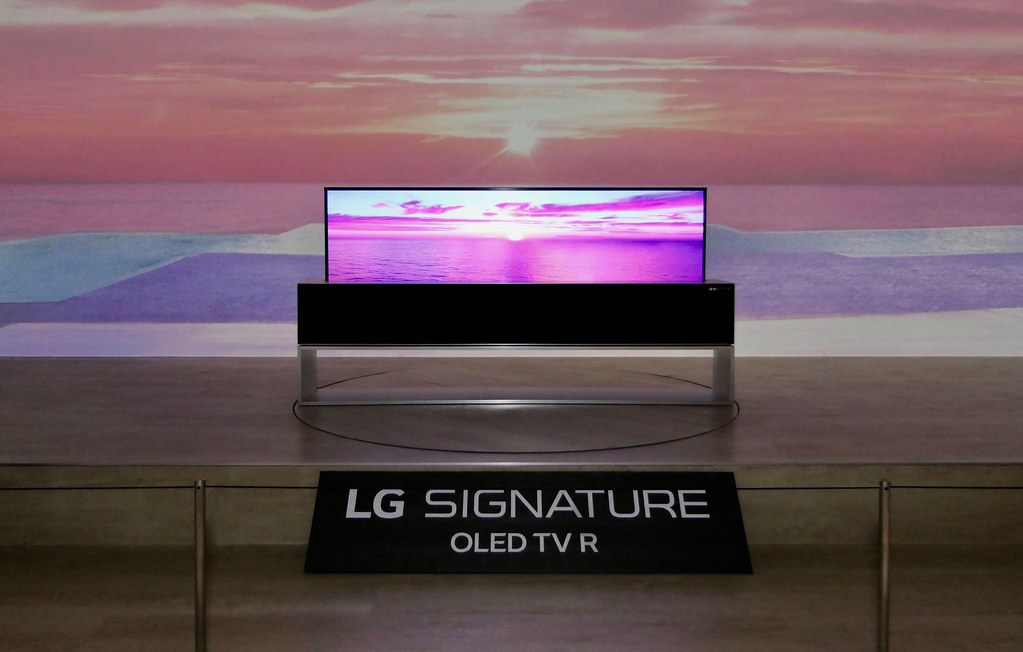
12. **Rollable and Flexible Displays: The Ultimate Space Savers?**Stepping beyond conventional flat panels, the future of TV design is embracing radical new form factors, with rollable and flexible displays leading the charge. These innovative screens challenge the long-held notion that a television must be a static, rectangular presence in a room. Instead, they offer unprecedented fluidity, promising to revolutionize both interior design and the very concept of a display device, making them the ultimate space savers for modern living.
The most prominent example of this groundbreaking technology is LG’s Signature OLED R, famously touted by CNET as the world’s first rollable TV, albeit with a premium price tag of $100,000. This engineering marvel can literally roll up into its base when not in use, disappearing to free up living space and preserve minimalist aesthetics. Hisense echoes this sentiment, suggesting that rollable TVs will offer a more convenient and space-saving solution, allowing displays to be present only when needed.
The implications of flexible and rollable displays extend far beyond mere novelty. They enable entirely new design possibilities, allowing for modular TV panels that can create custom screen sizes and shapes, adapting to any architectural context. Imagine a display that unfurls from a ceiling, tucks behind furniture, or even wraps around a column. This adaptability not only enhances spatial efficiency but also transforms the television into an artful, dynamic element of a room, seamlessly integrating technology into our environments.
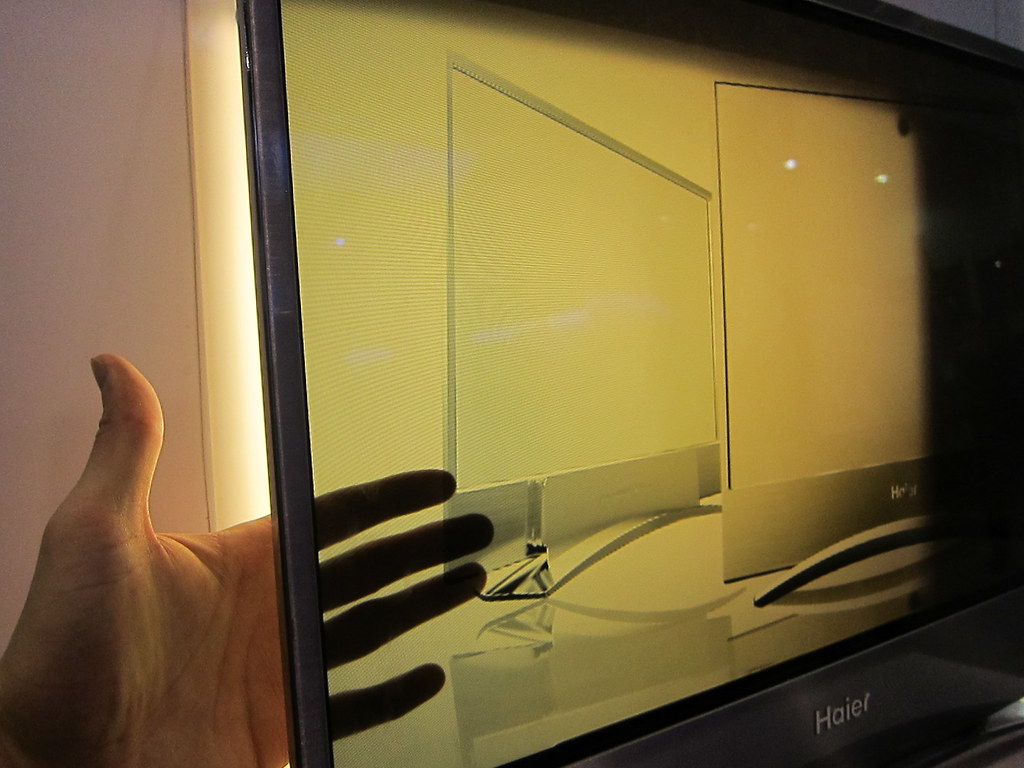
13. **Transparent TVs: See-Through Screens for the Modern Home**Another breathtaking innovation redefining the physical presence of televisions is the emergence of transparent displays. These futuristic screens blend seamlessly into their surroundings, offering a visual experience unlike anything seen before. Instead of a solid black rectangle dominating a wall, transparent TVs allow light to pass through them, displaying vibrant images while simultaneously letting you see what’s behind them. This technological marvel promises to introduce an entirely new aesthetic to the modern home.
Samsung anticipates that transparent TVs will become a reality, emphasizing their potential for a more futuristic and modern design. The core appeal lies in their ability to act as both a display and a subtle architectural element. Imagine a television screen that, when off, becomes an invisible pane of glass, preserving an open and airy feel in a room. When activated, it projects vivid content, giving the impression that images are floating in mid-air.
Beyond traditional entertainment, transparent displays open up a realm of creative applications. They could serve as dynamic information hubs in smart kitchens, digital art canvases in living rooms, or interactive partitions in open-plan spaces. This technology moves beyond simple picture quality to fundamentally rethink how displays integrate into our daily lives, offering a unique blend of digital information and physical environment, ushering in an era of truly ethereal and innovative home electronics.

14. **Sustainability and the Future of TV Manufacturing: Greener Screens Ahead?**As technological innovation accelerates, so too does the industry’s responsibility to consider its environmental impact. The future of TV manufacturing is increasingly prioritizing sustainability, shifting focus towards creating greener screens that are both energy-efficient and minimize waste throughout their lifecycle. This critical trend is reshaping design, production, and end-of-life practices for consumer electronics, driven by both consumer demand and corporate responsibility.
Sustainable TV manufacturing is becoming paramount, with a clear emphasis on reducing the ecological footprint. Glance highlights this shift, noting a focus on energy efficiency, the incorporation of recyclable materials, and significant reductions in packaging waste. Manufacturers are actively investing in technologies like OLED and MicroLED, which inherently consume less power compared to traditional LCDs, contributing to lower household energy consumption over time.
Furthermore, brands like LG and Samsung are committing to exploring longer-lasting components to extend TV lifespans, directly combating the issue of electronic waste. The push for Energy Star certifications and the development of eco-friendly product lines empower consumers to make more environmentally conscious purchasing decisions. This holistic approach to sustainability ensures that while televisions continue to evolve in capability, they also evolve responsibly, paving the way for a truly greener future in home entertainment.
The landscape of television technology is undergoing a monumental shift, ushering in an era where the capabilities of our home screens are almost indistinguishable from the visions of tomorrow. From the breathtaking clarity of advanced display materials to the intuitive intelligence of AI-powered systems and the imaginative freedom of flexible form factors, the future TV is not just an upgrade; it’s a profound reimagining of entertainment itself. These innovations promise to deliver experiences that are more immersive, personalized, and seamlessly integrated into our lives than ever before. It’s a thrilling time to be a viewer, and the journey ahead, as these pioneering technologies move from labs to living rooms, promises to be nothing short of spectacular.



